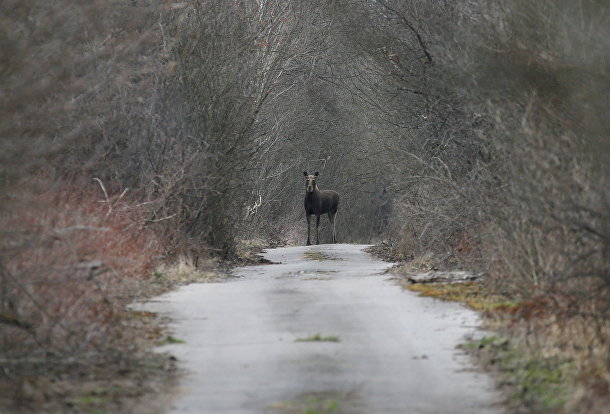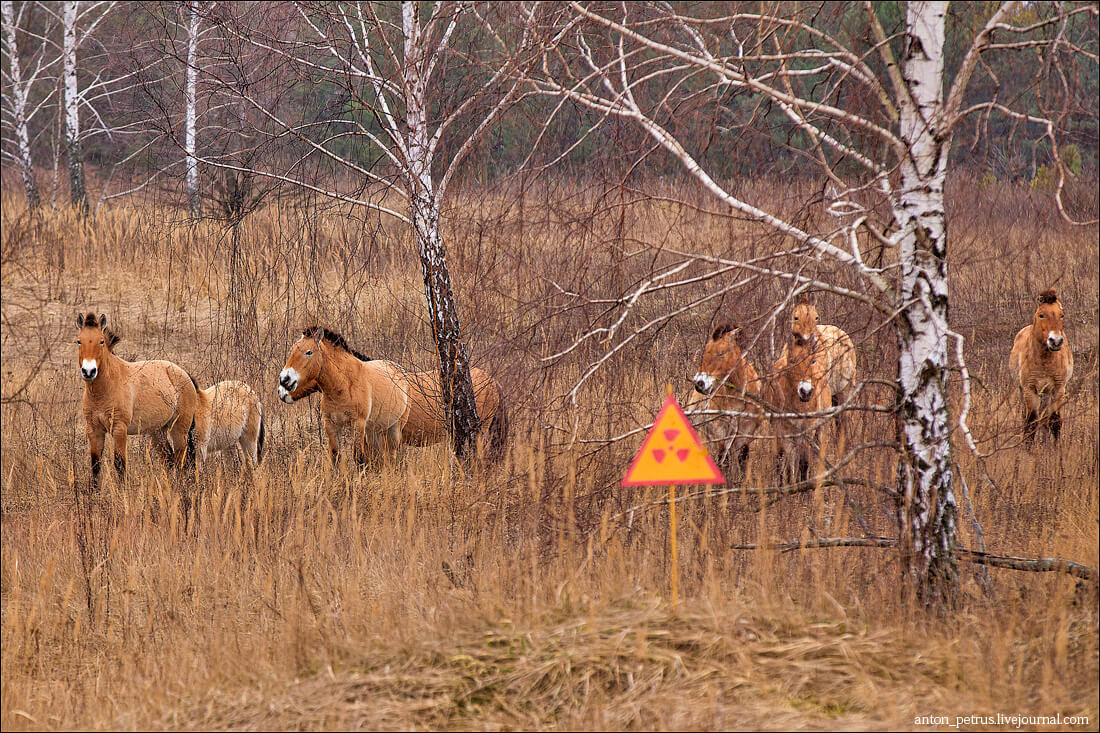A recent study by a team of Spanish scientists from the University of Oviedo and the Doñana Biological Station revealed that the current radiation levels in the Chernobyl exclusion zone have no significant impact on the age, stress levels, or aging rate of local wildlife. These conclusions were based on years of research, particularly conducted on eastern tree frogs (Hyla orientalis) from different parts of the zone, ranging from highly radioactive areas to radiation-free regions.
Using telomere length as a biological marker for aging, the team found that these frogs did not experience accelerated aging, nor did they show significant changes in corticosterone, a stress hormone that typically rises in response to ecological challenges.
“I believe that the radiation levels in the Chernobyl exclusion zone are insufficient to cause noticeable damage to wildlife, at least in most areas of Chernobyl,” said one of the study's authors, Pablo Burraco, as reported by Interesting Engineering.

Moreover, the study’s results suggest that while the Chernobyl zone was affected by radiation in the past, it now effectively functions as a sanctuary for wildlife due to the absence of human intervention. Over the years, reduced radiation levels and the lack of human interference have allowed the local ecosystem to maintain a remarkable diversity of fauna, making Chernobyl one of Europe's largest nature reserves.
The radiation exposure of the frogs was thoroughly assessed, considering both external environmental radiation and internal contamination through cesium isotopes in the muscles and strontium in the bones. Burraco emphasized the accuracy of these radiation measurements, describing the work as “one of the most precise assessments of absorbed radiation conducted on vertebrates in Chernobyl.”
By comparing this exposure to everyday radiation doses, such as those from a routine dental visit, Burraco highlighted that current levels in the Chernobyl zone are significantly low due to the decay of isotopes, many of which have a half-life that renders them inactive within months or years of the disaster.
The team’s analysis also explored the aging process of these frogs. Using growth rings on bones (similar to tree rings) to determine age and telomere length as a marker of biological aging, the study found no connection between radiation exposure and age-related deterioration.
Researchers hope that future studies will deepen our understanding of how wildlife adapts to a radiation-altered environment, providing valuable insights into the long-term impact of nuclear disasters on natural ecosystems.





















